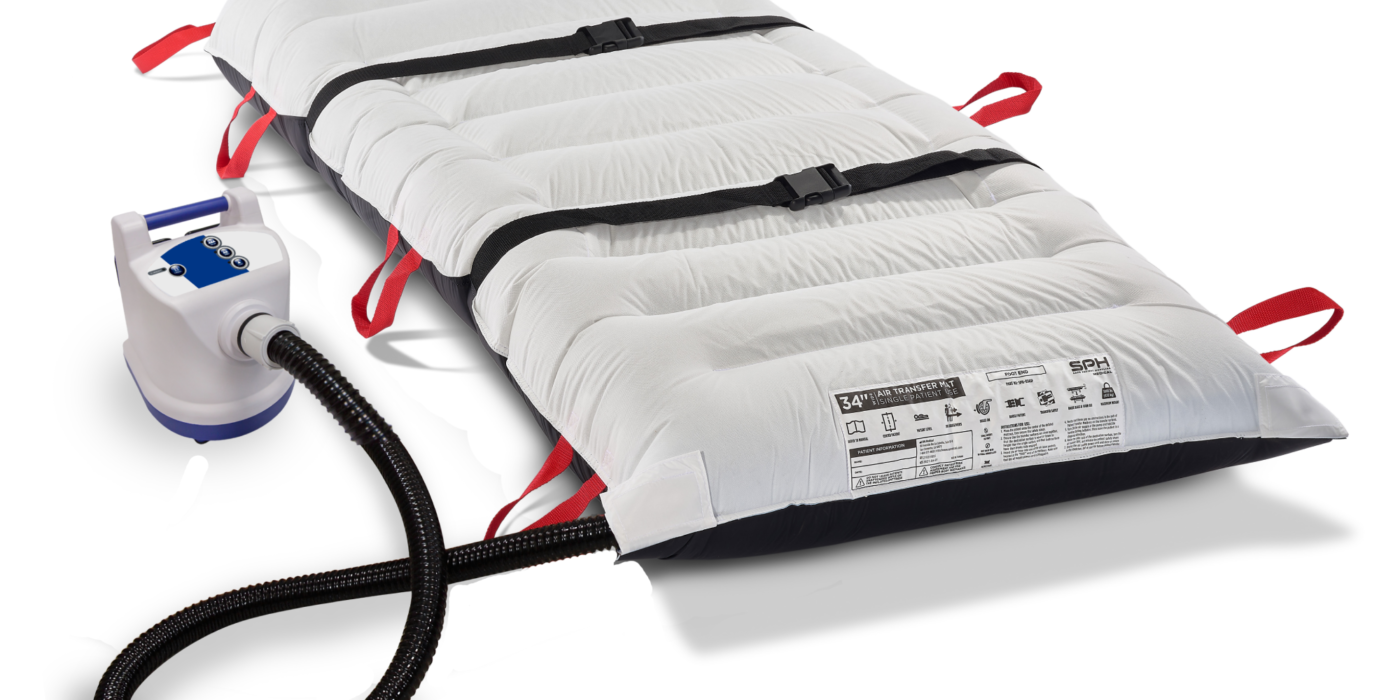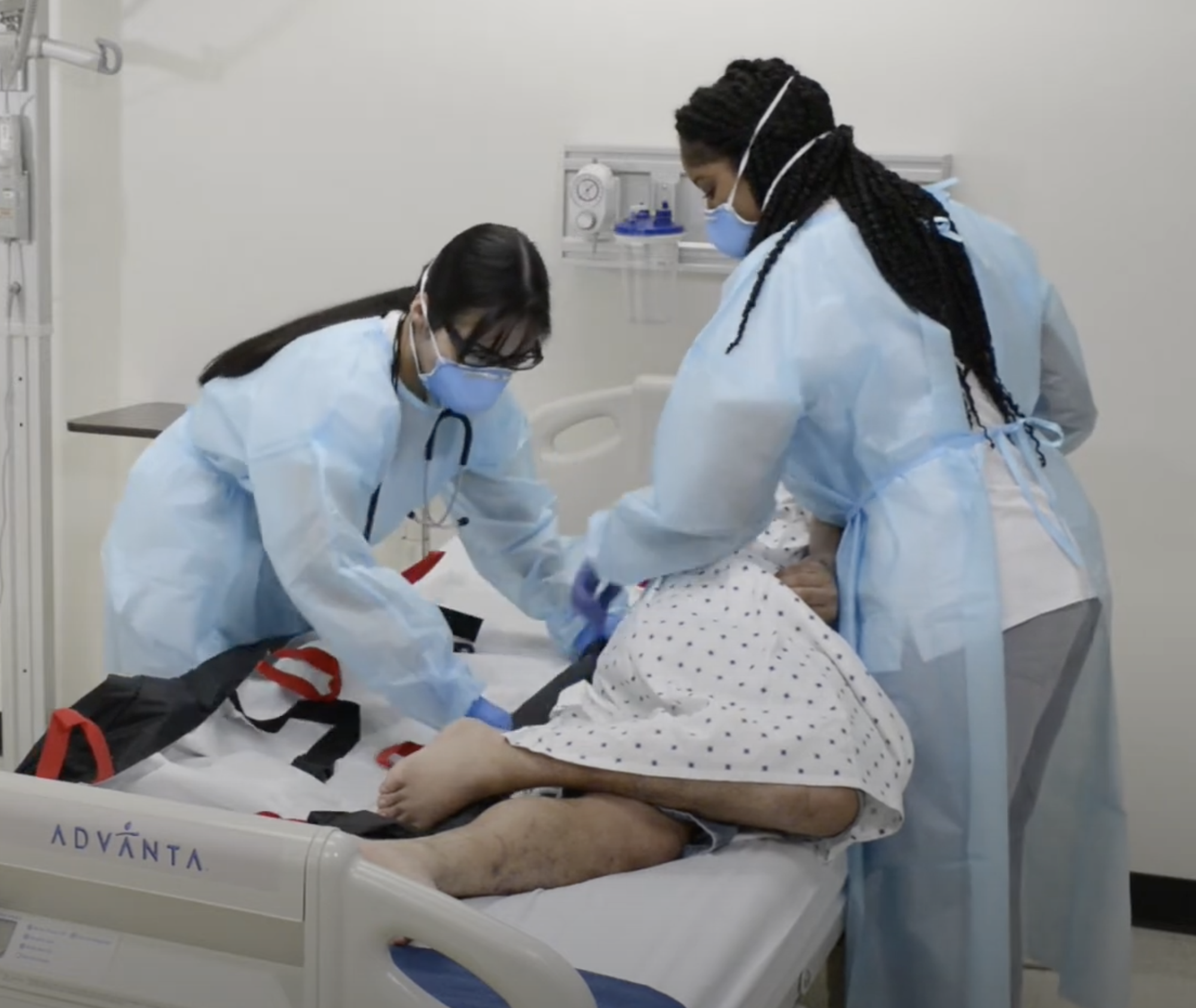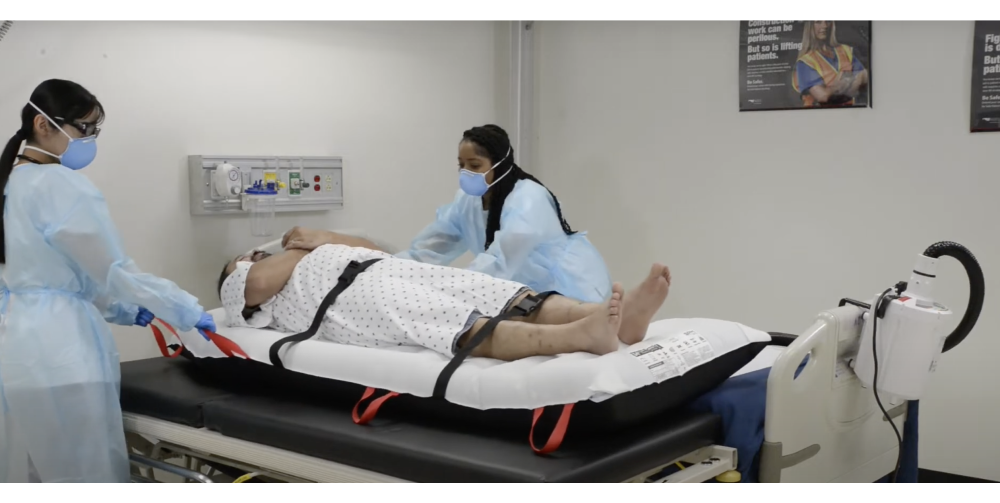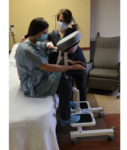In the demanding environment of labor and delivery units, the safety and well-being of healthcare professionals are paramount. One of the most effective interventions to enhance staff safety is the implementation of air transfer mats. These specialized devices facilitate safer patient transfers, thereby reducing the physical strain on nurses and leading to better patient care outcomes.
The Case for Air Transfer Mats
Research has shown that back injuries are among the most common occupational hazards in nursing, particularly in high-pressure areas such as labor and delivery. According to the Occupational Safety and Health Administration (OSHA), healthcare workers experience injury rates that are significantly higher than those in other industries, with a substantial number resulting from lifting and transferring patients (OSHA, 2021). By integrating air transfer mats into routine practice, hospitals can dramatically reduce the biomechanical stress on nurses during patient handling.
Cost Savings from Reducing Back Injuries, Strains, and Sprains
Implementing air transfer mats can yield significant cost savings for healthcare facilities through the reduction of back injuries, strains, and sprains among nursing staff. These common workplace injuries not only lead to substantial medical expenses but also result in lost work hours, increased turnover, and the cost of temporary staffing. By incorporating air transfer technology, hospitals can minimize the risk associated with manual patient handling, thereby protecting their workforce and ultimately reducing workers’ compensation cards improving patient care and facility resources. This proactive approach not only enhances employee well-being but also translates into financial savings that can be redirected tow
Benefits for Staff Safety
Air transfer mats promote safer handling practices by using a cushion of air to assist in moving patients, thereby minimizing the physical workload on nurses. A study published in the Journal of Healthcare Engineering found that the use of such equipment reduced back strain among nursing staff by up to 60% during patient transfers (Hignett et al., 2018). This reduction in strain not only mitigates the risk of injury but also enhances job satisfaction and retention rates among nursing staff, cultivating a more stable healthcare workforce.
Enhancing Patient Care Outcomes
When nurses are afforded the support they need to perform their duties safely, the positive ripple effects on patient care are evident. With diminished risk of injury, nurses can devote more attention to meeting their patients’ needs instead of focusing on pain management or recovery from injuries. Furthermore, research in the American Journal of Nursing illustrates that improved staff safety correlates with better patient outcomes, including lower rates of adverse events and higher patient satisfaction scores (American Nurses Association, 2020).
Advocating for Safer Working Environments
Given the compelling evidence supporting the use of air transfer mats, it is essential for nurses to take an active role in advocating for the resources and equipment that can safeguard their welfare. Education around potential risks and the importance of proper handling techniques is invaluable. Nurses should engage in discussions with hospital administrators about the necessity of these mats and other safety measures.
Cost Savings with SPH Medical’s SPU Air Transfer Mattress
Switching to SPH Medical’s SPU Air Transfer Mattress has demonstrated remarkable cost-saving potential for hospitals, with some facilities reporting savings in excess of $200,000 a year. These cost savings are attributed to a significant reduction in back injuries, strains, and sprains among nursing staff due to the use of this innovative transfer technology. The effectiveness of the SPU Air Transfer Mattress has been proven through numerous studies and real-world applications, making it a reliable and cost-effective solution for healthcare facilities looking to enhance their patient handling processes while also reducing costs associated with workplace injuries.
Investing in air transfer mats is not merely a financial decision; it is a commitment to the health of employees and an enhancement of the care provided to patients. By prioritizing staff safety through the adoption of air transfer mats, hospitals position themselves as leaders in the healthcare sector, fostering environments where both nurses and patients thrive. Therefore, let us champion the implementation of such critical innovations in labor and delivery units to fortify our healthcare system’s foundation.






